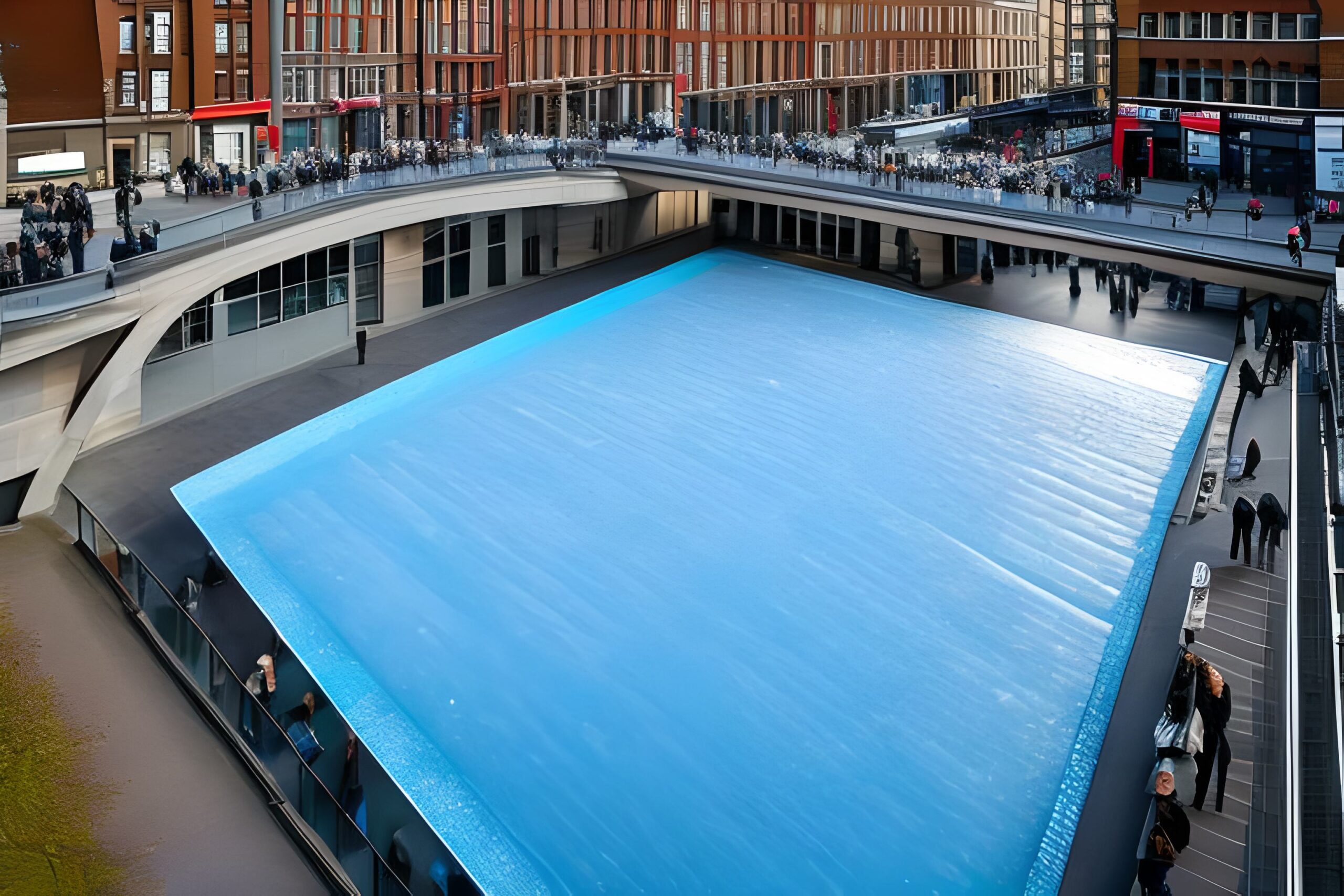As previously mentioned in our post about Climate Change and Art, we find it essential to appreciate the power of art in driving societal change. Climate change inspired art exhibitions have been influential in swaying public opinion towards supporting energy efficiency and low carbon energy technologies. In this blog post, we will examine one exceptional exhibition that has had a tremendous impact in this regard: “The Tipping Point: Art and Climate Change.”

“The Tipping Point: Art and Climate Change” is a groundbreaking exhibition that brought together the works of renowned artists from across the globe. Curated with the aim of raising awareness about climate change and promoting clean energy solutions, the exhibition showcased a diverse range of artistic mediums, from installations and sculptures to paintings and digital art.
One of the standout pieces in this exhibition is Olafur Eliasson’s “Ice Watch.” This installation features giant blocks of ice from the Greenland ice sheet, arranged in a circular formation in a public space. As the ice gradually melts, the installation powerfully conveys the urgency of climate change and its consequences on our planet. It’s difficult to understate impact of Eliasson’s piece on the audience, discussing how it prompted viewers to reflect on the tangible effects of global warming, spurring them to consider the importance of adopting energy-efficient and low carbon energy technologies.

Another remarkable artwork featured in the exhibition is Jenny Kendler’s “Birds Watching.” This installation comprises reflective sculptures of 100 birds native to North America, each representing a species threatened by climate change. Kendler’s piece effectively captures the vulnerability of wildlife in the face of global warming and urges viewers to take action in supporting clean energy solutions that can help protect these species.
Furthermore, when reviewing the role of other visionary artists featured in “The Tipping Point: Art and Climate Change” exhibition, many art critics covered how showcasing how their diverse works highlights the power of art to communicate the severity of climate change and the importance of low carbon energy technologies, such as solar, wind, and nuclear energy.
As more people experience and engage with climate change inspired art, public opinion is gradually shifting towards embracing and advocating for energy-efficient solutions. By examining the various aspects of “The Tipping Point: Art and Climate Change” and the individual works of art within it, we can start to see the future of art and climate change advocacy, exploring how artists and activists can collaborate to create even more powerful and persuasive campaigns.
At Gridline AI, we enable artists and entrepreneurs achieve their goals. Contact us if you want to contribute to sustainable art with your voice.
